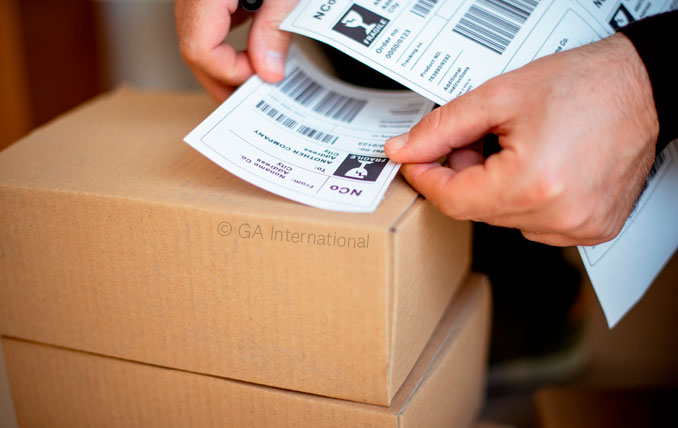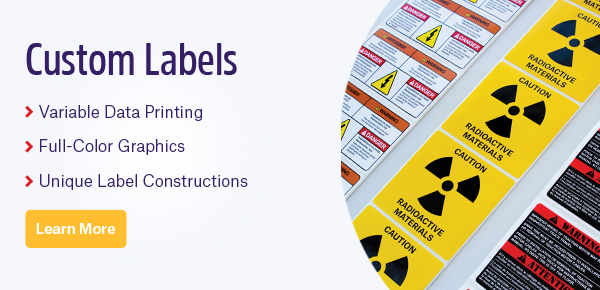 Whether you’re a commercial retail store selling clothing or a high-volume manufacturer of large mechanical parts, shipping remains integral to daily operations. However, shipments can quickly become lost or misplaced without the right amount of planning. To avoid this, several strategies can be implemented to ensure your packages are accurately and consistently tracked, all the way from sender to receipt.
Whether you’re a commercial retail store selling clothing or a high-volume manufacturer of large mechanical parts, shipping remains integral to daily operations. However, shipments can quickly become lost or misplaced without the right amount of planning. To avoid this, several strategies can be implemented to ensure your packages are accurately and consistently tracked, all the way from sender to receipt.
Use a suitable label and printer
When labeling shipments, it’s important to consider the material used for packaging as well as the conditions each package may encounter. General-purpose labels are likely to be acceptable for most shipments, but you may want to consider weather-resistant labels if shipments will be stored outdoors for long periods or removable labels if the contents of the package are to be transferred at a later step.
For printing, it is recommended to use a thermal-transfer printer, as these printouts provide optimal resistance against abrasion, harsh weather, extreme temperatures, and chemical exposure.
Use an appropriate barcode
Prior to printing labels, remember to verify the type of barcode needed for processing. Though your company may utilize 2D barcodes to track items throughout the warehouse, couriers and other forms of delivery may rely on 1D barcodes for processing, even for shipments within the same company that are moving across departments.
It’s also important to include all critical information about both the sender and the receiver on the label, including names and addresses. If something goes wrong and there is no information about the sender, the package cannot be returned. When selecting a font, use one that ensures the label can be read clearly to avoid potential errors.
Proper label placement
Shipping labels need to be placed securely on the surface of the package. Barcode readability can be greatly affected by placement, so if the label is stuck unevenly, if bubbles occur underneath, or if the label is placed across a corner or edge of the package, those receiving the package will have a difficult time reading it. It’s also imperative not to place the label on the seam of the package, as this area can potentially lead to detachment and an uneven surface. Also, when labeling shipments keep in mind whether the package contents are fragile; if they are, ensure that the label is affixed on the correct side of the box so that those handling the package understand how to hold it.
Include a packing slide in the box
Labels placed on the outside of the package can sometimes become damaged and unreadable. Including a packing slip with every package ensures that the receiver has a complete summary of the package’s contents and that if the package becomes damaged or the label comes off, there is information inside the package capable of getting the package to its destination.
Add a bit of flair
The box is the first thing your clients see when they receive a package. With companies constantly fighting for marketing space online, one of the easiest ways to promote your products and improve your brand is by adding some flair to the package and its labels. It’s the perfect space where branded colors and intricate designs can be applied to connect with customers on an emotional level, providing them with a pleasant experience, regardless of their purchase.

